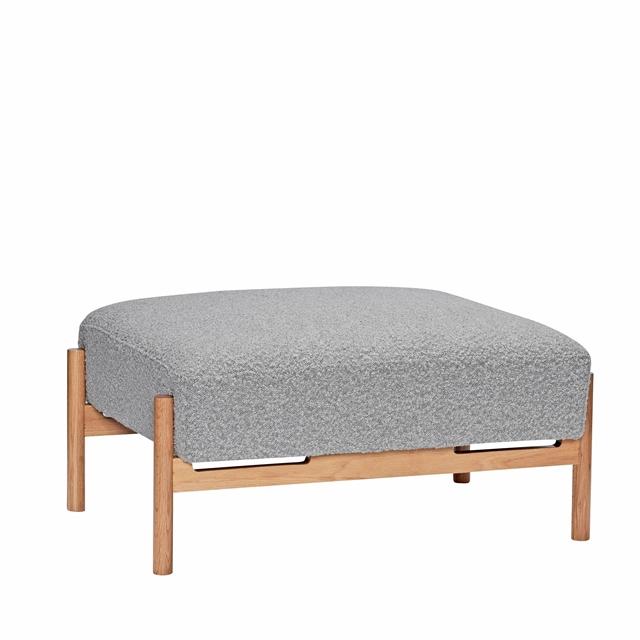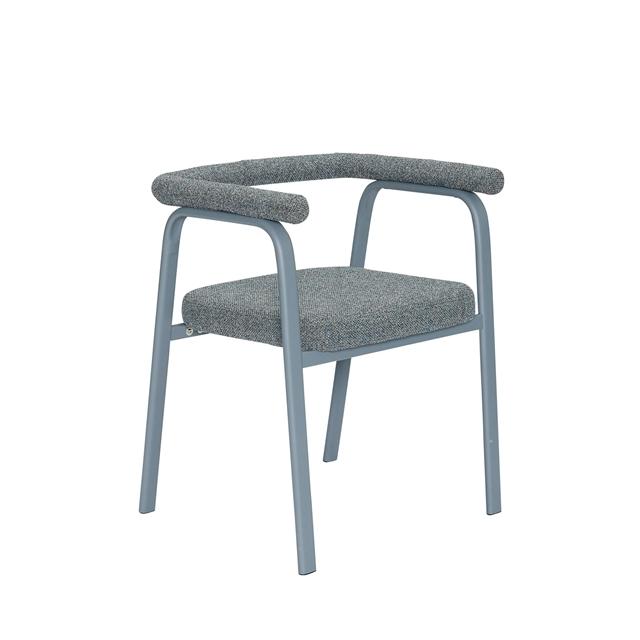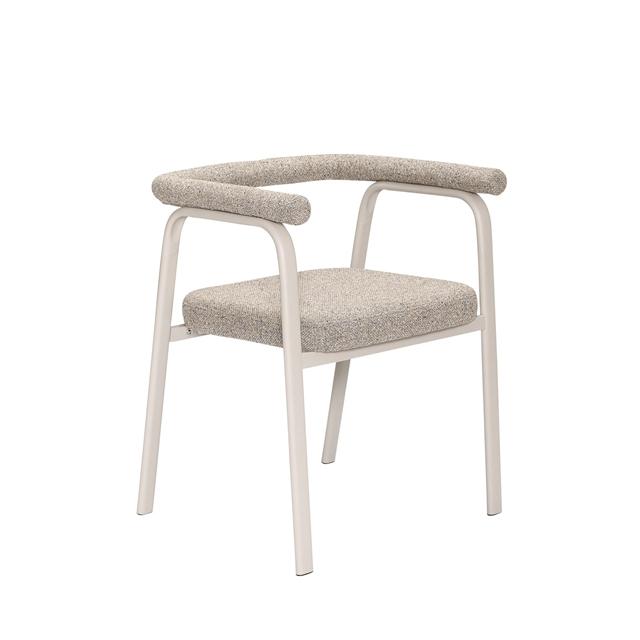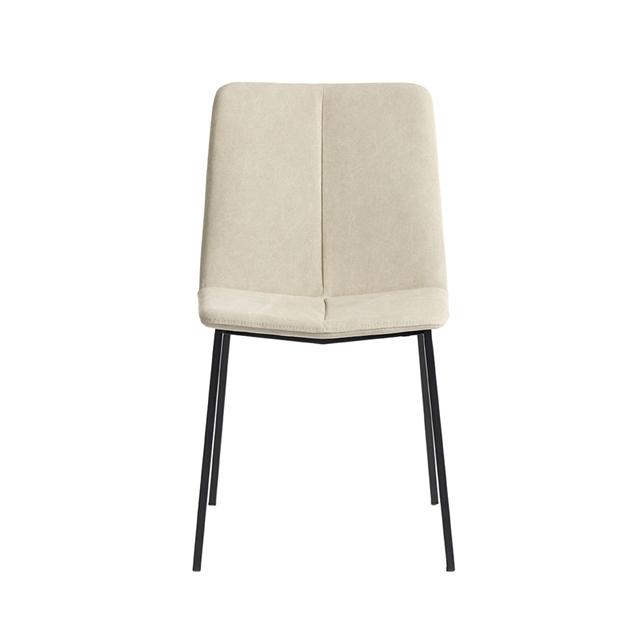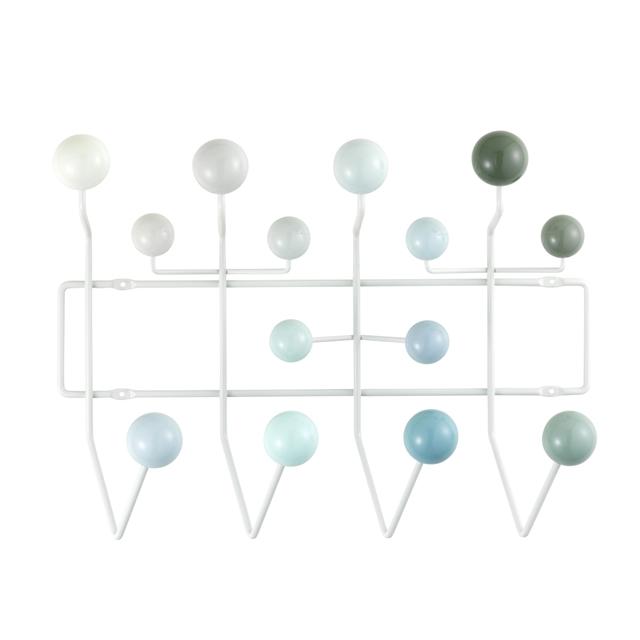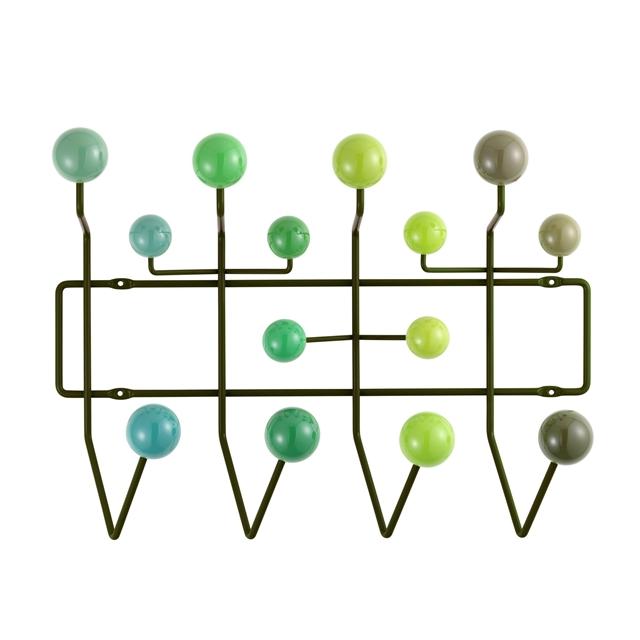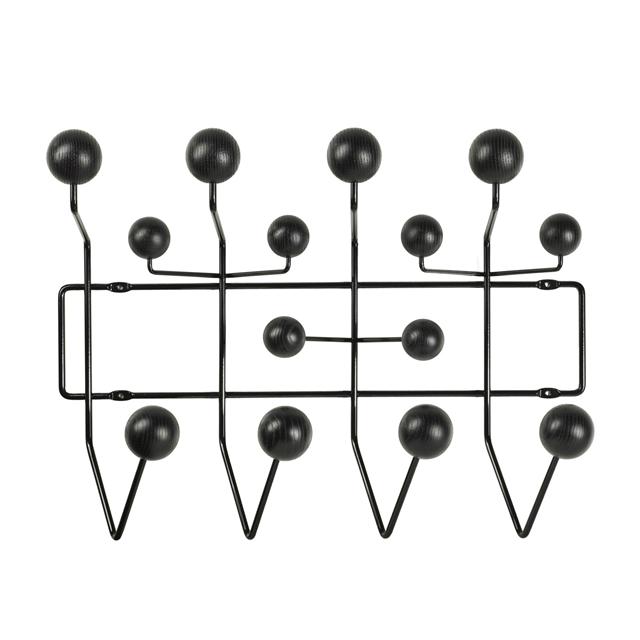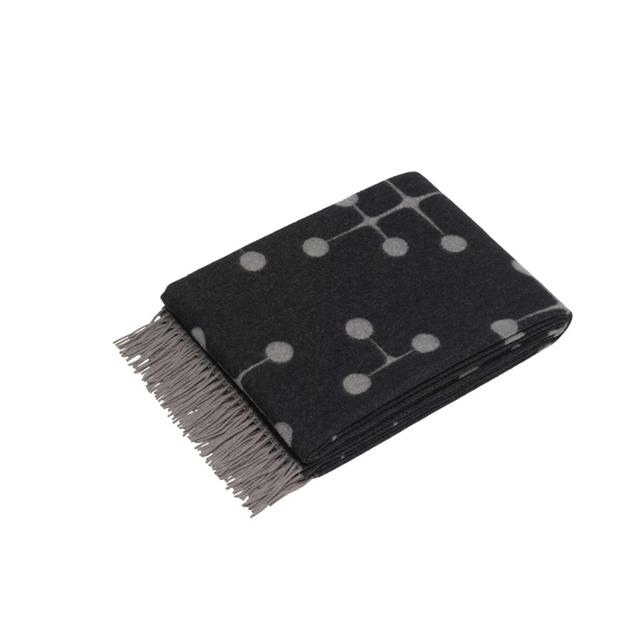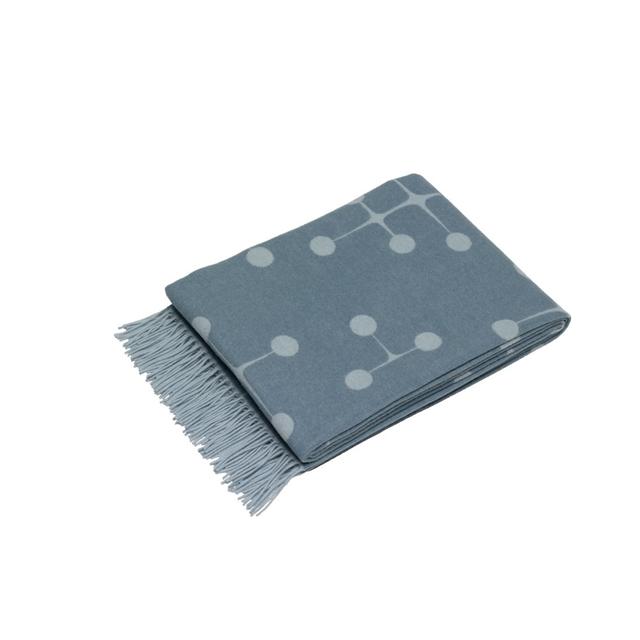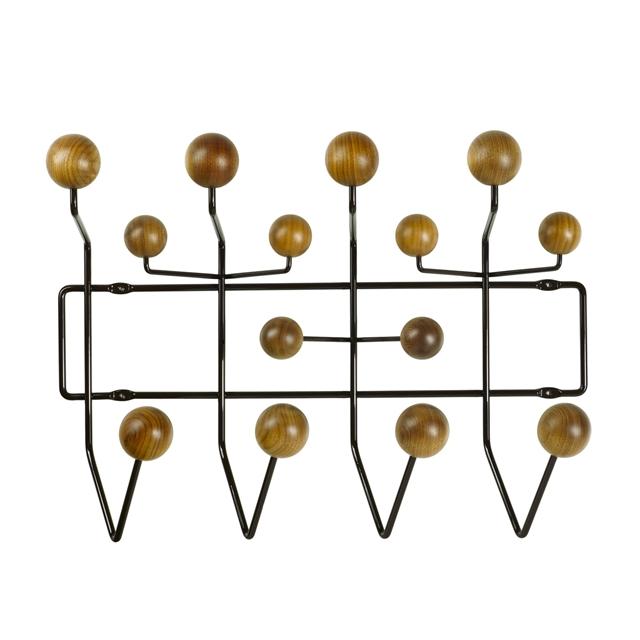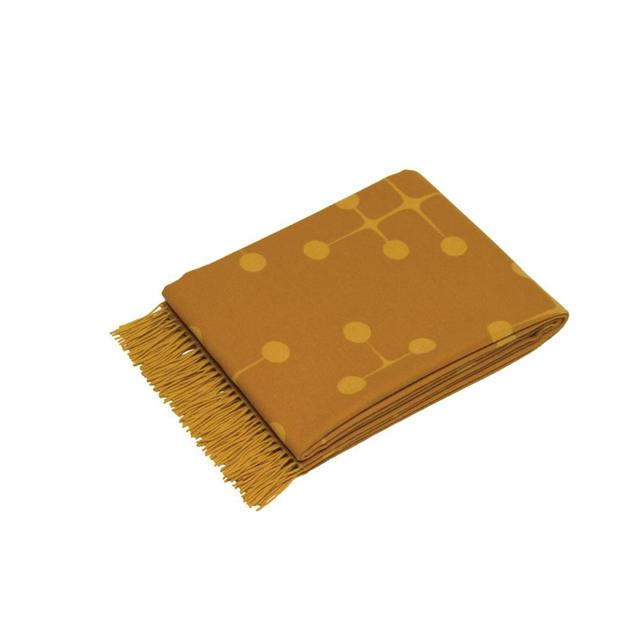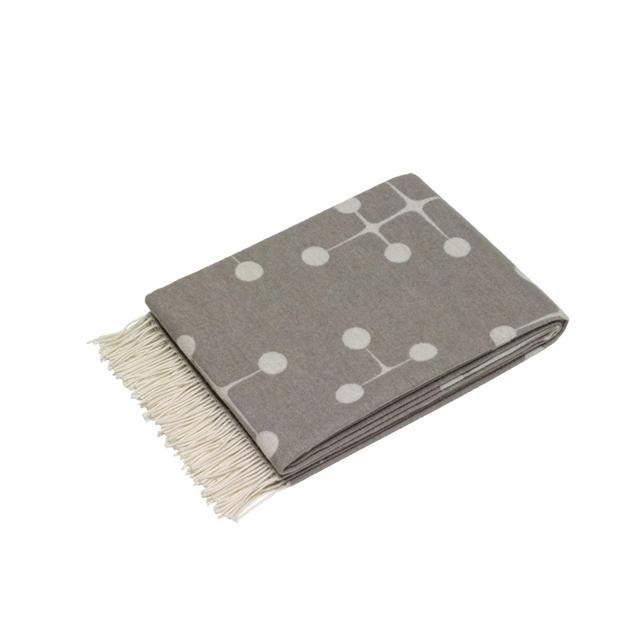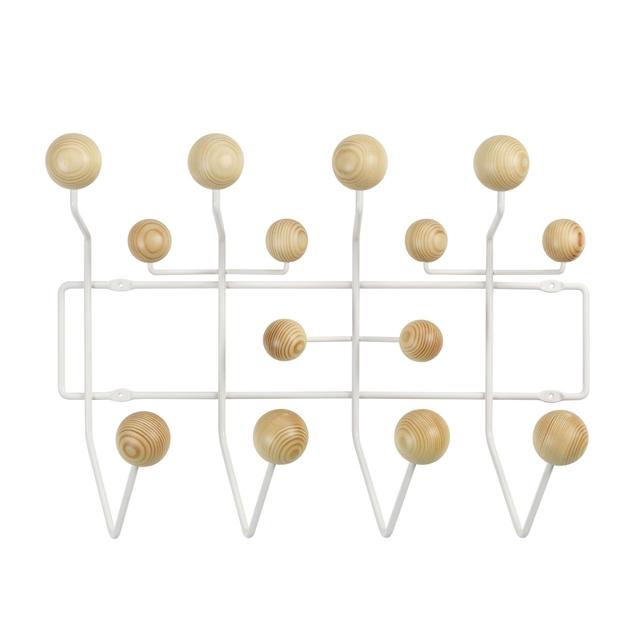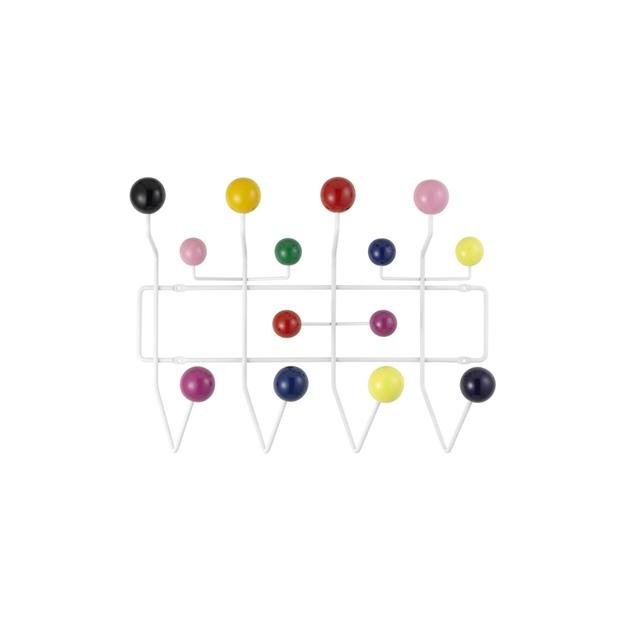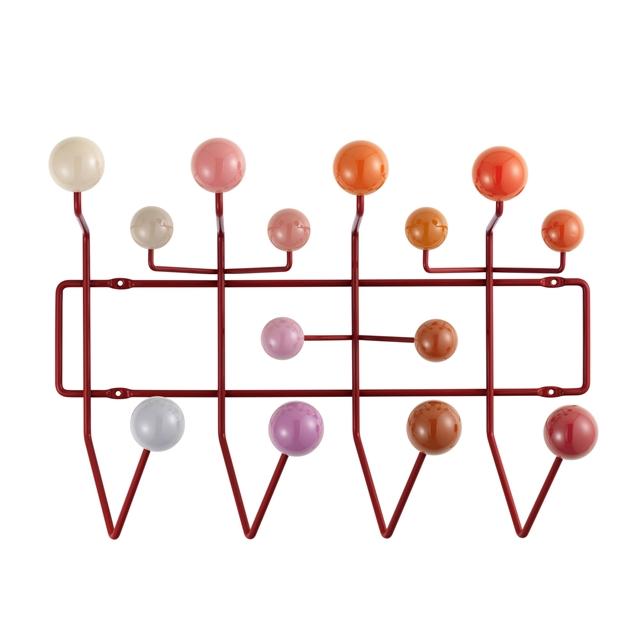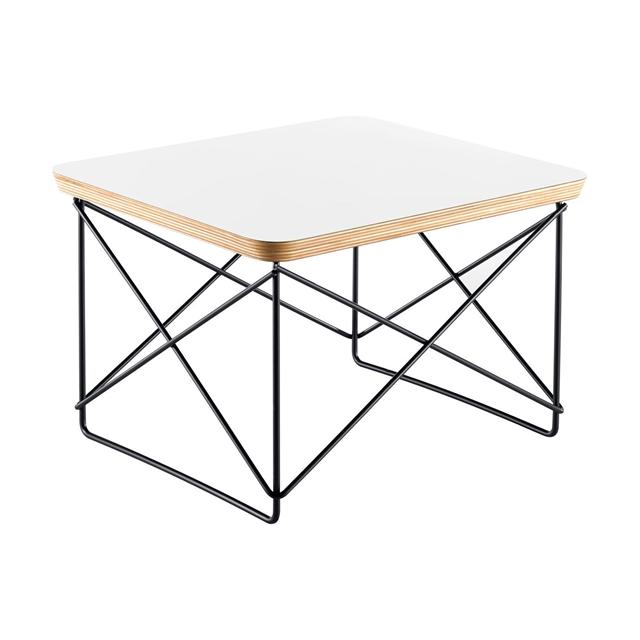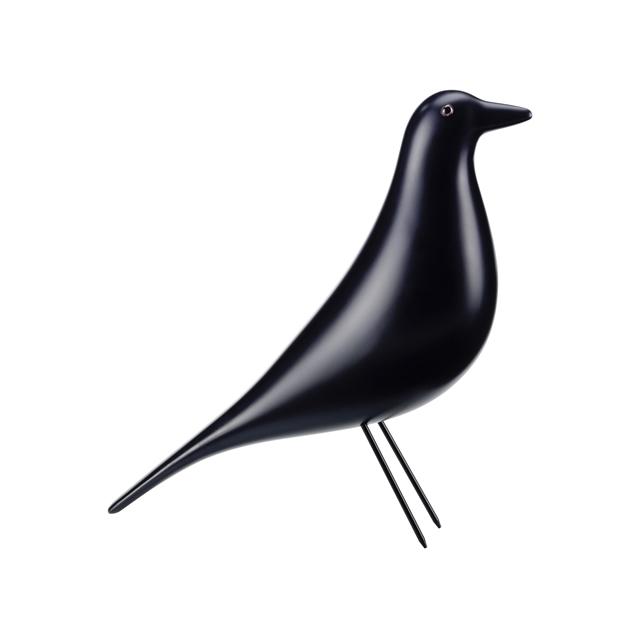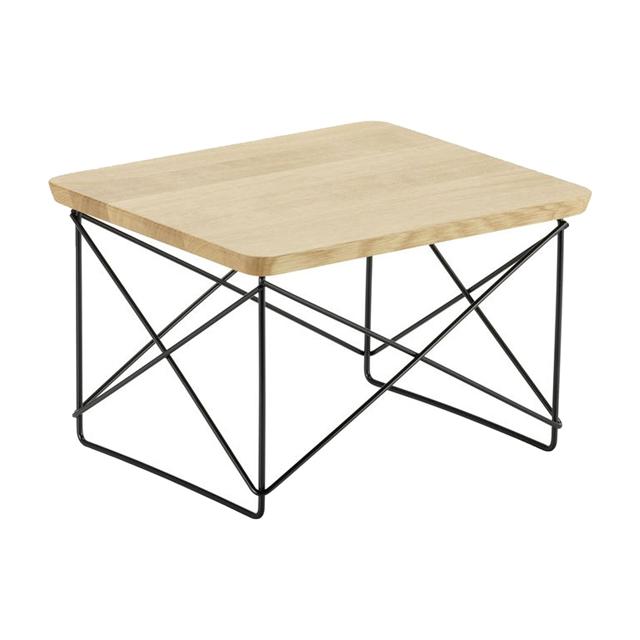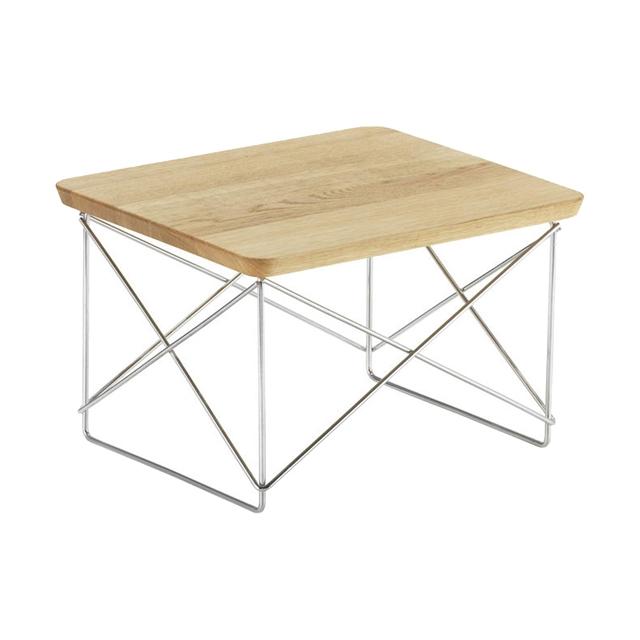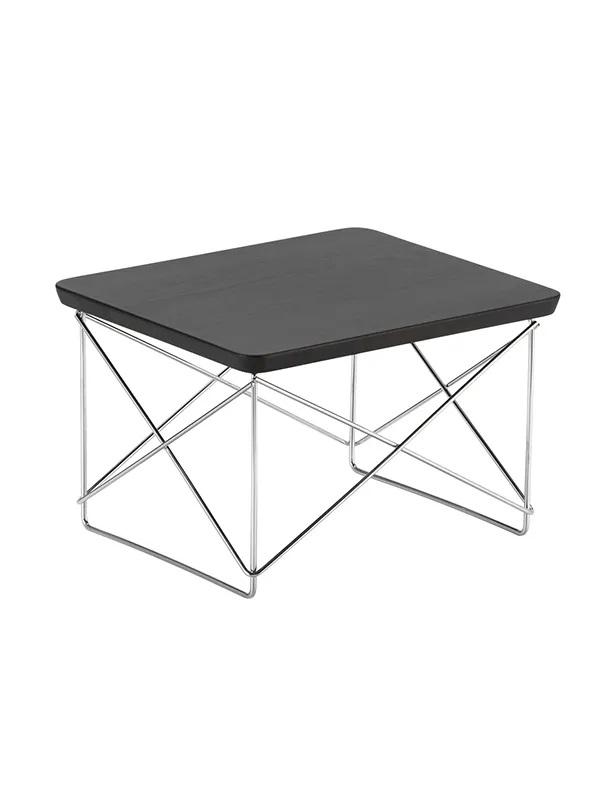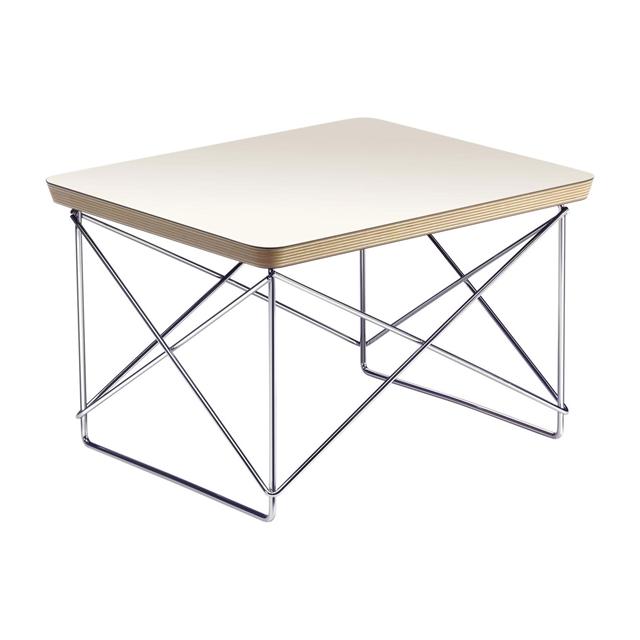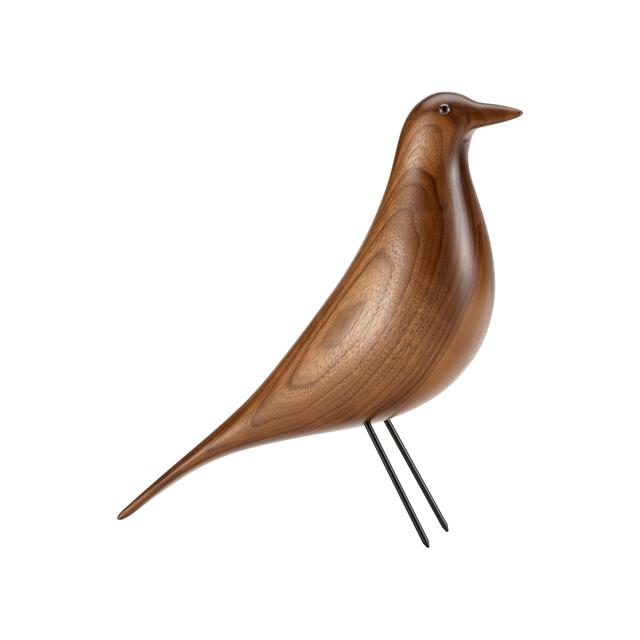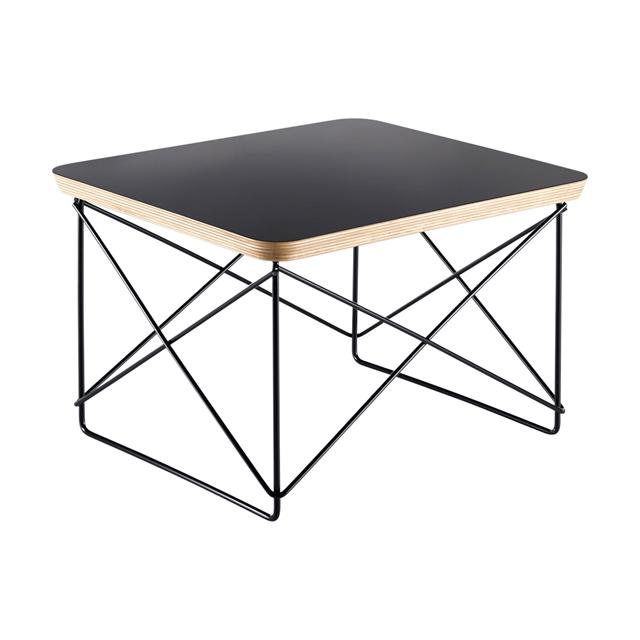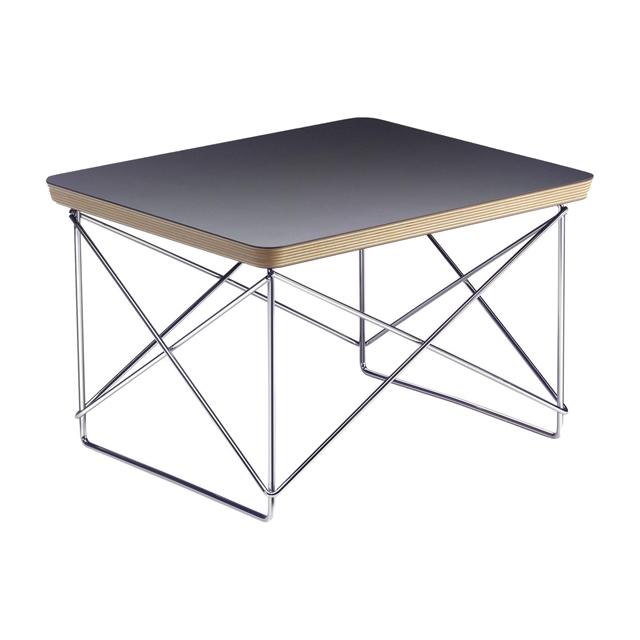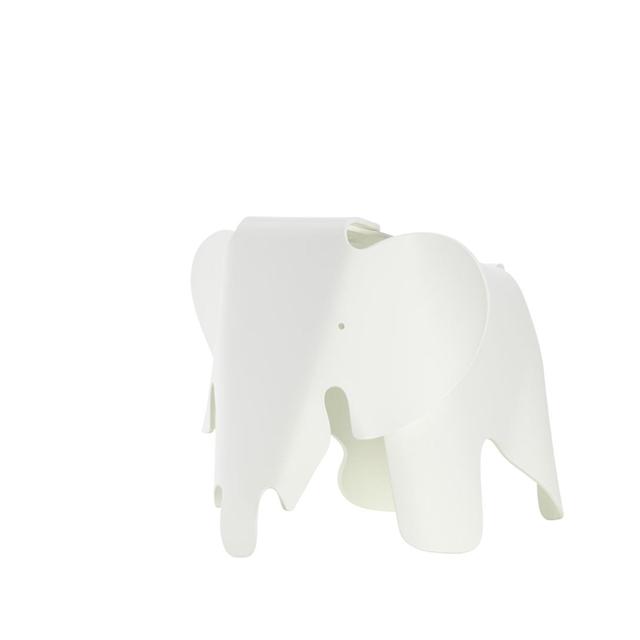Vitra Eames Wool Rug Black
Design: Charles & Ray Eames, 1947 Concept: The Eames wool rug is designed in jacquard merino lambswool, which makes the rug extremely light, fine and soft, while maintaining the wool's natural thermal advantage. This makes the rug extremely comfortable, while its timeless dot pattern brings life to the home and is perfect to hang over the armrest of the sofa, clear for a cool evening or to store in a wicker basket so that it can be taken out easily. About the designers: Charles Ormond Eames Jr. (1907-1978) and Bernice Alexandra "Ray" Eames, née Kaiser, (1912-1988) were American designers. Each with their own background within the respective industrial furniture design (Charles) and art (Ray) they met in 1940 at the Cranbrook Academy of Art in Detroit. In 1941, they married and began experimenting with three-dimensional form-stressed plywood, with the goal of producing affordable and comfortable chairs. Due to the Second World War, their experimental work was interrupted and only resumed in 1946, when they presented an exhibition of their furniture designs at the Museum of Modern Art (MoMA) in New York. After that it took off. They entered into an agreement with The Herman Miller Company, who began producing their furniture. In 1957 , Vitra entered into a licensing agreement with Herman Miller and began production of Charles and Ray Eames designs for Europe and the Middle East. It was the start of Vitra's furniture production, which is why the Eames couple have had a large influence on Vitra as a design company, and their values and objectives permeate Vitra even to this day.
